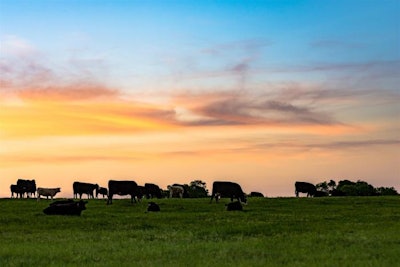
While the demand for livestock feed across the Republic of Ireland is generally subdued, farmers in some areas of the south and east report they are short of fodder supplies, and need to use more compound feed.
As many as 25 percent of farmers surveyed in January 2019 did not have enough fodder supplies to last until cattle are turned out to pasture in the spring, according to the Irish Agriculture and Food Development Authority, Teagasc.
The threat of shortages had been highlighted across the country in October 2018, following a prolonged cold spell in the 2018 spring, and one of the warmest and driest summers on record. These conditions led to a severe restriction in grass growth over the year.
Farmers in the worst-hit counties in the south and east of Ireland have been advised by Teagasc to stick to strict feeding programs to ensure fodder supplies were safeguarded through the winter period.
This advice came after publication of a survey of the organization’s dairy and drystock farmer clients, which revealed that one in four did not have enough fodder to last until the planned turnout date. Around 10 percent were looking to let their animals out to pasture at least two weeks earlier than scheduled, which would have knock-on effects for this year’s grass growth.
Countrywide, stocks of silage were reported to be adequate. However, many farmers reported being reluctant to sell surplus fodder, so supplies for purchase were expected to be limited.
Mitigation strategies chosen by cattle producers to overcome the fodder shortage on affected farms included selling surplus or unproductive livestock, and feeding straw or hay to stretch the available silage supply. Thirty percent of the farmers surveyed were limiting silage intake and feeding additional concentrates.
Teagasc warned producers to be keep checking supplies in the coming weeks as weather patterns over this vital period can be unpredictable. The organization also advised producers to ensure finances are available to purchase any additional feed requirements.
Irish feed market 'subdued'
Since the start of the year, weather conditions in Ireland have been benign, according to the latest review of the grain market from the Irish Farmers Association (IFA).
Generally, the market is described as "subdued." However, imported corn is much cheaper than Irish barley, which IFA describes as a concern as the feeding season for locally produced barley narrows.
Demand for feed wheat remains normal for the time of year, reports IFA.

















